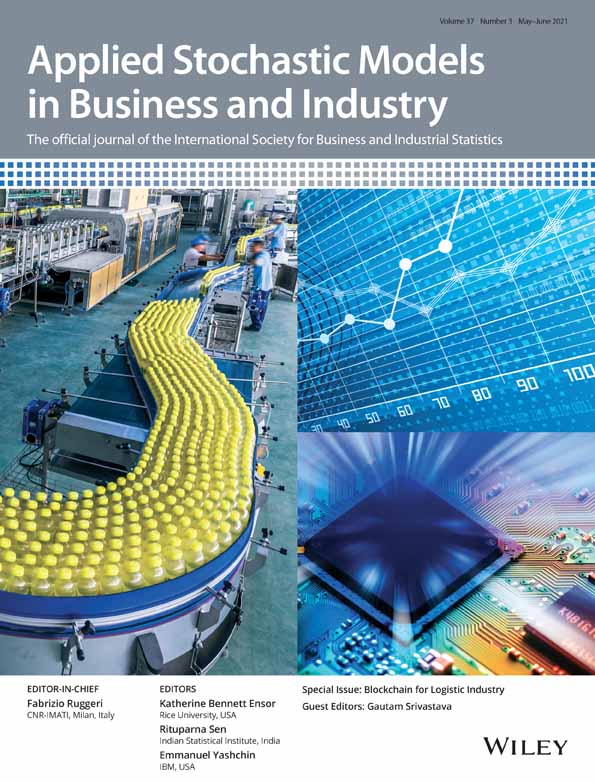Smart contract for electricity transactions and charge settlements using blockchain
Funding information: Natural Science Foundation of Hubei Province, 2018CFB571; Zhuhai Industry Core and Key Technology Research Project, ZH01084702180035HJL
Abstract
In this article, aimed at the future “let go” electricity market, smart contracts for grid enterprises doing electricity transactions and charge settlements based on blockchain technology, as well as the trading model using the smart contracts, are proposed. Then the key technological difficulties are analyzed, and the solutions are given. The main goal of our research is to help developing the infrastructure for electricity market members, and match their bilateral trading. By running a smart contract instance in a peer-to-peer network composed by 4000 nodes, experiments show that the success rate is 99.38% and the average time consumption for each transaction is 16 seconds. If our method is applied, we can reduce the trust cost of the electric electricity market, and improve the efficiency of the electricity transaction and charge settlement.
Open Research
DATA AVAILABILITY STATEMENT
Data sharing is not applicable to this article as no new data were created or analyzed in this study.




